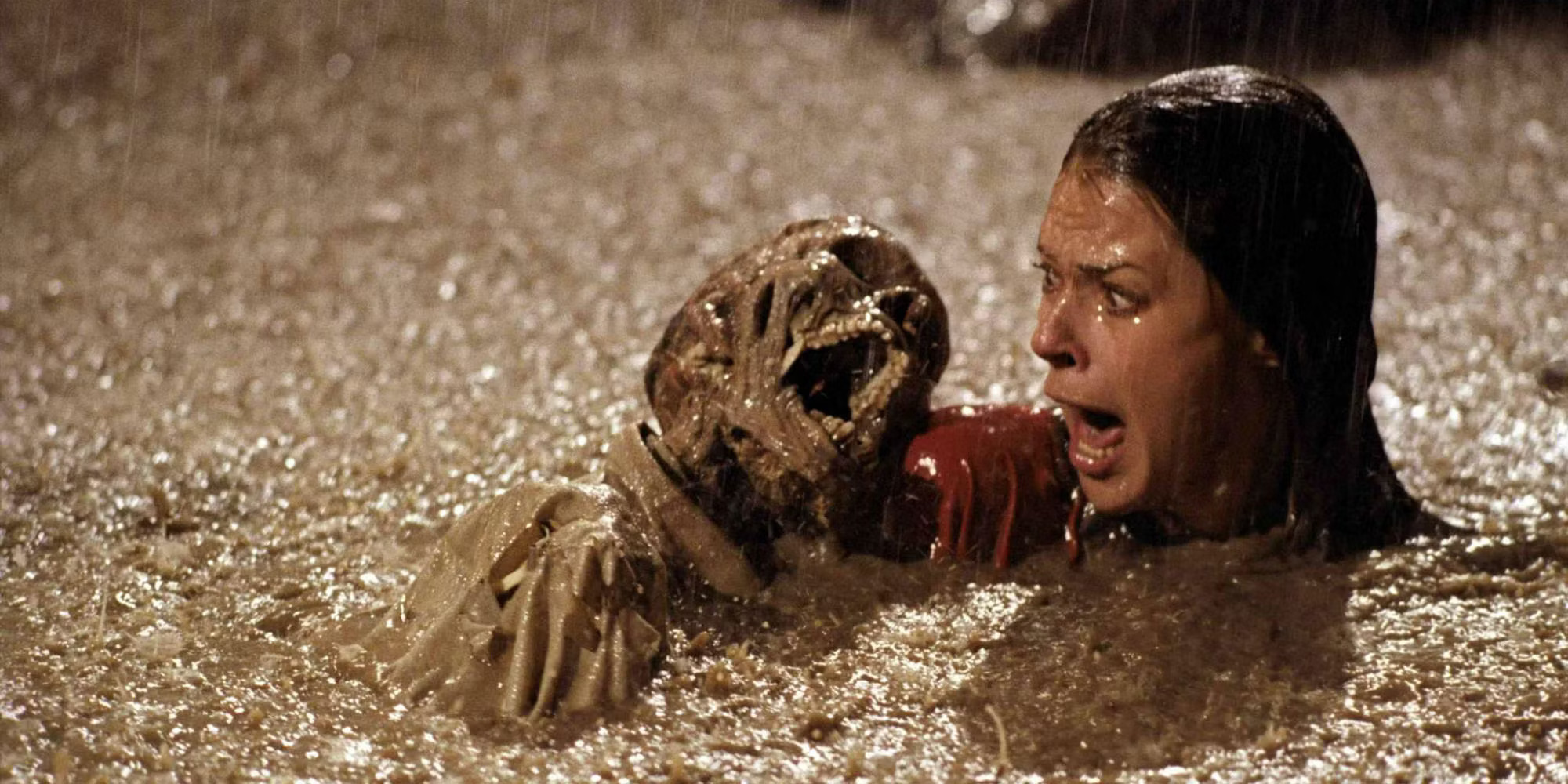News
All about the 1982 movie Poltergeist used real skeletons as – tymoff

The 1982 movie “Poltergeist,” directed by Tobe Hooper and produced by Steven Spielberg, is a classic horror film that has terrified audiences for decades. Beyond its chilling storyline, the film is infamous for a particular behind-the-scenes fact that has intrigued and horrified fans: the use of real skeletons during production. This article delves into the legend that the 1982 movie Poltergeist used real skeletons, exploring the origins of this claim, its implications, and the lasting impact on the film’s legacy.
The making of Poltergeist
“Poltergeist” tells the story of the Freeling family, whose home is haunted by malevolent spirits that abduct their youngest daughter, Carol Anne. Released in 1982, the film was a critical and commercial success, known for its groundbreaking special effects and spine-chilling scenes.
Key figures
The film was directed by Tobe Hooper, known for his work on “The Texas Chainsaw Massacre,” and produced by Steven Spielberg, a renowned filmmaker behind hits like “E.T.” and “Jaws.” Their collaboration brought together a perfect blend of horror and cinematic expertise.
The 1982 movie Poltergeist used real skeletons as – tymoff
After the release of “Poltergeist,” rumors began to circulate that actual human skeletons were utilized in certain scenes, particularly the memorable pool scene, instead of artificial props. This claim stirred up significant discussion and conjecture within both the film community and among enthusiasts.
Origin of the claim
The claim that the 1982 movie “Poltergeist” used real skeletons originated from behind-the-scenes revelations made by the cast and crew. During the filming of a particularly infamous scene, actress JoBeth Williams, who played Diane Freeling, revealed that she was unaware that the skeletons in the muddy pool were real until after the scene was shot.
Reason for using real skeletons
At the time, using real skeletons in film production was reportedly more cost-effective than creating realistic-looking fake skeletons. Real human skeletons were readily available and commonly used for educational purposes, which made them a practical choice for filmmakers looking to cut costs.
The infamous pool scene
One of the most memorable and terrifying scenes in “Poltergeist” involves Diane Freeling falling into a muddy pool filled with skeletons. The scene’s realism added to the horror, making it one of the standout moments of the film.
JoBeth Williams’ experience
JoBeth Williams later recounted her experience filming the scene, expressing her shock upon learning that the skeletons were real. This revelation added an eerie layer to an already horrifying scene, further cementing its place in horror film history.
Ethical and cultural implications
The use of real skeletons in “Poltergeist” has sparked considerable controversy over the years. Critics and audiences alike have debated the ethical implications of using human remains for entertainment purposes. The backlash has led to discussions about the dignity and respect owed to human remains, even in a cinematic context.
Impact on the cast and crew
The revelation had a significant impact on the cast and crew, with many expressing discomfort and unease about the decision. This aspect of the film’s production has become part of the “Poltergeist” curse narrative, which suggests that the use of real skeletons contributed to the eerie occurrences and misfortunes experienced by those involved in the film.
The Poltergeist curse
The so-called “Poltergeist curse” refers to a series of tragic events and deaths associated with the cast and crew of the film. Notable incidents include the untimely deaths of Heather O’Rourke, who played Carol Anne, and Dominique Dunne, who played her older sister, Dana.
Supernatural speculation
Fans and conspiracy theorists have speculated that the use of real skeletons may have contributed to the curse, suggesting that disturbing the dead brought misfortune upon those involved in the film. While these claims remain speculative, they have added to the film’s mystique and horror legacy.
Legacy of Poltergeist
“Poltergeist” has had a lasting impact on the horror genre, influencing countless films with its blend of supernatural terror and family drama. Its innovative special effects and compelling storytelling set a high standard for future horror films.
Ongoing fascination
The legend that the 1982 movie Poltergeist used real skeletons as – tymoff continues to captivate audiences and film enthusiasts. This behind-the-scenes fact has become a significant part of the film’s lore, contributing to its enduring popularity and the fascination surrounding its production.
Cultural impact
The ethical debates and supernatural speculations surrounding “Poltergeist” have made it a cultural touchstone, often referenced in discussions about horror film production and the treatment of human remains in media. Its influence extends beyond cinema, impacting cultural perceptions of horror and the supernatural.
Legal and ethical considerations
The debate over the 1982 movie Poltergeist used real skeletons as – tymoff also spurred questions about the ownership and rights of human remains used in films, as well as ethical and legal issues. The management and disposal of human remains are governed by regulations in some jurisdictions, however using genuine skeletons in films frequently entails legal ambiguity. In order to ensure compliance with legislation and to honour the dignity of the departed individuals whose remains are involved, filmmakers must navigate intricate legal and ethical frameworks.
The enduring legend of poltergeist
The 1982 movie “Poltergeist” remains a seminal work in horror cinema, known not only for its terrifying story and groundbreaking effects but also for the unsettling fact that real skeletons were used during its production. This decision has sparked ethical debates, contributed to the narrative of the “Poltergeist curse,” and added a layer of real-life horror to the film’s legacy. As audiences continue to be fascinated by this dark behind-the-scenes detail, “Poltergeist” stands as a testament to the power of film to both entertain and provoke thought about the boundaries of art and respect for the dead.
Whether or not the use of real skeletons in “Poltergeist” directly contributed to the misfortunes surrounding the film, the legend endures, adding to the mystique and horror that has made “Poltergeist” a timeless classic in the genre.
